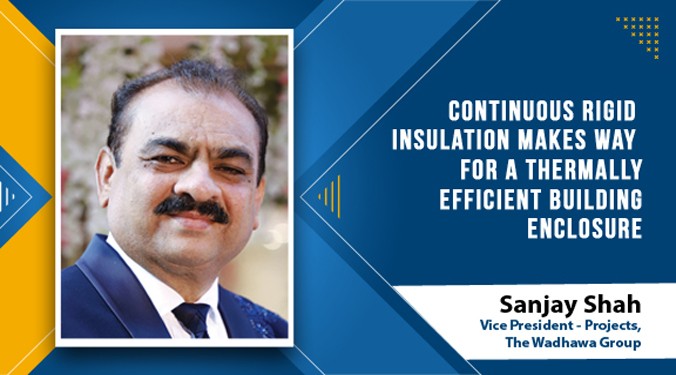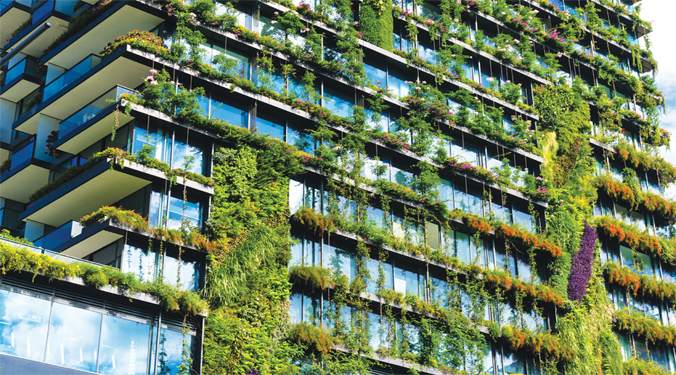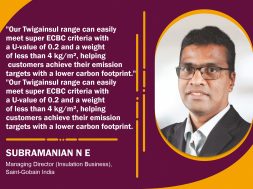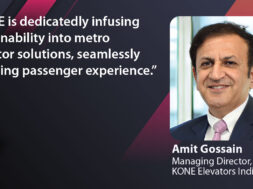Continuous rigid insulation makes way for a thermally efficient building enclosure

Rigid insulation not only provides thermal protection and it can also serve as an air and moisture barrier says Shah, Vice President – Projects, The Wadhwa Group
Sanjay Shah, Vice President – Projects, The Wadhwa Group speaks on the trends, technologies and solutions in the green building domain
What are some of the existing and popular trends and technologies employed in green buildings?
Rigid foam sheathing is a form of insulation continuous insulation to be exact — that’s applied to the exterior of the building. Continuous rigid insulation is a construction solution that provides a thermally efficient building enclosure. Rigid insulation sheathing is made of a rigid plastic foam that is typically sold in 4×8- or 4×10-footboards. The boards are available in several thicknesses and R-values; 1-inch and 2-inch thicknesses are common. Rigid insulation provides thermal protection and it can also serve as an air and moisture barrier.
What makes recycled steel an energy efficient building material, likewise what are the best places where plastic composite lumber does the trick?
One of the benefits of recycling steel is that it reduces the consumption, expenses, energy, and time to mine other valuable resources. For every ton of recycled steel, it saves one and a half tons of iron ore, half a ton of coal, and 40 percent of the water normally used in the production process.
Especially in colder areas, what can be said about the energy efficiency of hydronic heating systems in retrofitted buildings?
Hydronic heat feels warmer at lower thermostat settings partially because the air doesn’t blow the way it does with an air handler. It takes less energy to circulate water than blow hot air so hydronic systems are more energy efficient than air systems. However, it involves several challenges that can impact the installation process. For example, underfloor access is a must in order for hydronic heating to be installed. One major consideration when retrofitting is that floor coverings may need to be removed in order for the installer to uncover joists and lay down pipe.
Vacuum insulation, spray foam insulation, structural insulated panels and insulating concrete forms, what option offers a greater degree of energy efficiency?
Structural Insulated panels are widely used for achieving a greater degree of energy efficiency as it has relative ease in installation and high degree of precision is also not required as compared to other modes mentioned above.
13
Cookie Consent
We use cookies to personalize your experience. By continuing to visit this website you agree to our Terms & Conditions, Privacy Policy and Cookie Policy.









